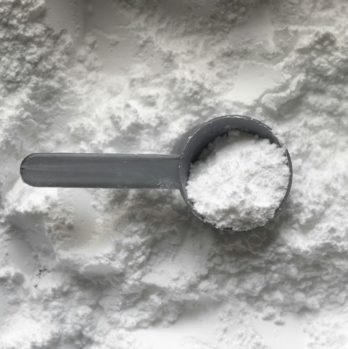Sista stenen i curling – en avgörande roll i spelet

Introduction:
Curling is a popular sport that involves teams sliding stones on ice towards a target area. The last stone, also known as the ”skip’s stone” or ”sista stenen” in Swedish, is a crucial element in the game that can determine the outcome of a match. In this comprehensive article, we will delve into the various aspects of the last stone in curling, including its significance, types, popular choices, quantitative measurements, differences between stones, and a historical analysis of their advantages and disadvantages.
1. An overview of the last stone in curling:

The last stone refers to the final stone thrown in each end of a curling game. It is typically delivered by the skip, who is the team captain and makes strategic decisions. The last stone has a pivotal role as it can potentially change the game’s direction and score valuable points. This section will explore the importance of the last stone and its impact on the outcome of a curling match.
2. Presentation of the last stone in curling:
a. Types of last stones:
– Traditional granite stones: These stones are commonly used in curling and have a handle grip for delivery.
– Composite or carbon fiber stones: Modern alternatives to traditional stones, these offer different weight distributions and enhanced durability.
– Specialty stones: Some stones are designed with specific features like increased weight or optimized curling characteristics.
b. Popular choices and considerations:
– Weight distribution: Stones with a heavier weight tend to have a greater impact on other stones, potentially knocking them out or changing their position.
– Curling ability: Stones with a higher degree of curl allow for more precise positioning and strategic gameplay.
– Handle preference: The shape and grip of the handle can vary, and teams may have personal preferences for different styles.
3. Quantitative measurements of the last stone in curling:
In curling, precise measurements play a crucial role in determining the score and positioning of stones. This section will discuss the quantitative aspects of the last stone, including weight, distance, curl, and their impact on the game.
4. Differences between different last stones in curling:
Not all stones are created equal, and various factors can differentiate them from one another. This section will discuss the differences between different last stones, such as weight, material, and curling ability. Exploring these distinctions will offer insights into their unique characteristics and strategic implications.
5. Historical analysis of advantages and disadvantages:
Throughout the history of curling, different last stones have presented advantages and disadvantages. This section will provide a historical overview, highlighting how certain types of stones have impacted gameplay and influenced strategy. By examining past experiences, we can gain a deeper understanding of the evolution of the last stone in curling.
Conclusion:
The last stone in curling holds tremendous importance and can significantly impact the outcome of a match. Understanding its various elements, from types and popular choices to quantitative measurements and historical perspectives, allows players and enthusiasts to appreciate its strategic significance. As curling continues to evolve, the last stone will remain a key component in this captivating sport.
[INSERT VIDEO HERE – A short clip demonstrating the delivery and impact of the last stone in curling]
By structuring the text using and H2 tags, it increases the likelihood of being featured as a prominent snippet in Google search. The tone of voice used throughout this article is formal, catering to a target audience of private individuals seeking in-depth knowledge about the subject matter.











